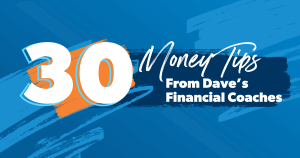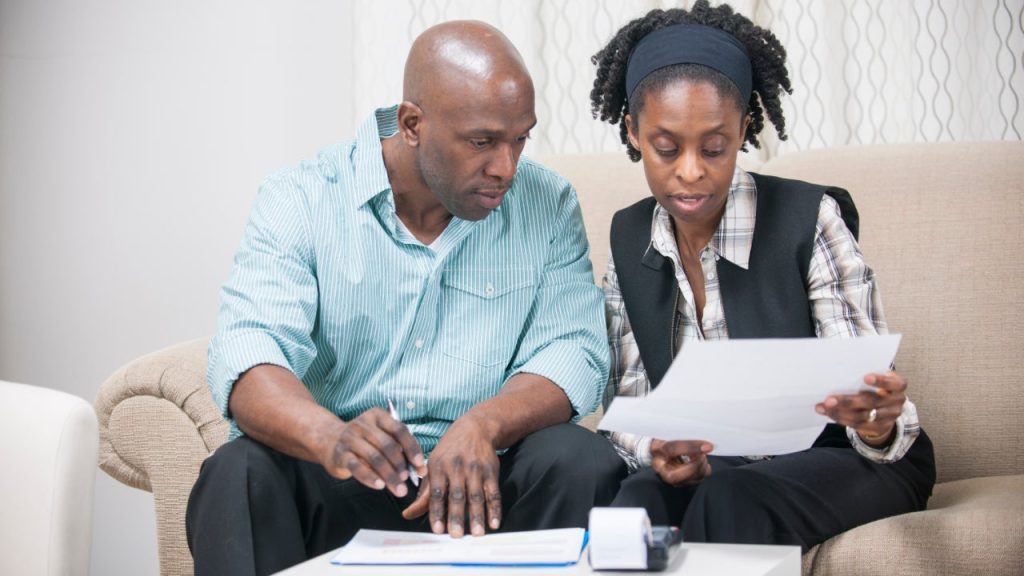Key takeaways
- Mortgage forbearance allows you to pause your mortgage payments, usually for up to six months, when you are having a financial hardship.
- When forbearance ends, you may ask for an extension, modify your existing loan or refinance to a more affordable mortgage.
- Talk with your mortgage lender or servicer to discuss your options and choose the best one for your situation.
Mortgage forbearance gives borrowers experiencing financial hardship a temporary break on payments. If you’re considering asking for forbearance — or nearing your mortgage forbearance end date — it’s important to know your options when payments kick back in.
When does mortgage forbearance end?
An initial mortgage forbearance period can last from three to six months — more likely six, now that the pandemic protections have expired. Beyond that, you’ll need to ask your lender for a forbearance extension. Most loans can go into forbearance for up to 12 months, some even longer.
What to do when mortgage forbearance ends
If you’ve reached your mortgage forbearance end date, you can request an extension, make a payment, modify your loan or sell your home. Here’s what those options look like:
Request a forbearance extension
If you are still struggling financially when the first forbearance period ends, here’s what you can do:
- Call your lender or servicer. You might qualify for a forbearance extension but must ask for it. If you don’t communicate with your lender and are taken out of forbearance but fail to make payments, you’ll harm your credit and potentially lose your home.
- If your lender cannot offer you a forbearance extension, ask them how you can work with them to avoid defaulting on your mortgage.
Make a deferred payment
Ask your servicer if you can defer any missed payments until you sell your home or refinance your mortgage. By doing so, you will simply pay off what you owe when the mortgage ends.
Make a payment
Most mortgage borrowers aim to weather the storm of financial difficulties and stay in their homes. In such cases, there are a number of options for addressing short-term cash issues and figuring out how to stay in place.
Keep in mind that forbearance is not loan forgiveness but a form of temporary relief to help you remain in your home. You’ll eventually need to repay the skipped payments. Most lenders give you these options:
- A lump sum payment, which means paying the entire amount you missed all at once
- A short-term repayment plan or a loan modification, which is usually an additional monthly charge on top of your regular mortgage payment to make up that difference
Modify your loan
Depending on your lender, you might be eligible for a loan modification. This involves permanently changing your mortgage terms, like the repayment period, interest rate or principal balance, to make the monthly mortgage payments more affordable. You’ll have to resume payments if the lender agrees to modify your loan once your forbearance ends.
To request a loan modification, you’ll need to:
- Gather financial documentation to plead your case to your lender, including proof of financial hardship. Be mindful that a loan modification is sometimes only offered to borrowers who can demonstrate that the current payment is unaffordable.
- Contact your lender or servicer and ask for a loan modification. They’ll have you fill out and submit an application.
- If you are denied, you might be able to request an appeal.
Sell your home
Your lender or servicer might be able to help you on the road to your next living situation and probably wants to avoid foreclosing on your home as much as you do. If you’re open to relocating, selling your home could be a way to avoid foreclosure.
“A lot of these borrowers have equity in their homes, so they can sell their current houses and use that equity to help pay off their existing mortgage and possibly fund a down payment on a cheaper house or at least put some money into savings after the sale,” says Marina Walsh, vice president of Industry Analysis at the Mortgage Bankers Association.
“Another option if they don’t want to proceed with the foreclosure route and they’re willing to move, there are programs like Cash for Keys, in which the lender assumes the title of the home, but might provide the borrower with some relocation assistance to help them settle in a new, more affordable housing situation,” says Walsh, adding that a borrower and their lender might also consider a short sale. That’s when you sell your home, and even if the proceeds are not enough to pay off the full mortgage, the difference is essentially forgiven.
Refinancing after mortgage forbearance
Another possibility: Refinance your loan to a new one with a lower, more manageable payment. This isn’t always feasible, however, especially because you were struggling financially to begin with. However, you might be able to get a low-cost refinance to help cut costs. You will need to have at least a 620 credit score and enough equity in your home, usually 20 percent, to qualify for a refinance.
In addition, you typically cannot apply for a refinance immediately after coming out of forbearance. Many lenders require what is known as a “waiting period” after forbearance before they will approve a refinance. The length of the waiting period varies by your loan type and lender, so be sure to reach out to your lender about its requirements for refinancing after forbearance.
Frequently asked questions on ending mortgage forbearance
-
Yes. If you don’t think you’ll be able to afford your current mortgage payment in the long term, one option is to sell your home and buy a newer, less expensive house.
-
No. Your lender will hold you responsible for making up all payments you missed during forbearance, so mortgage forbearance cannot be forgiven.
Bottom line
If you’re nearing your mortgage forbearance end date, that doesn’t mean you’re about to lose your house, even if you still can’t afford your mortgage payments. Stay in touch with your lender and see what options are available to you. “It’s better to call and think through options instead of hiding under a rock,” says Walsh.
Read the full article here










